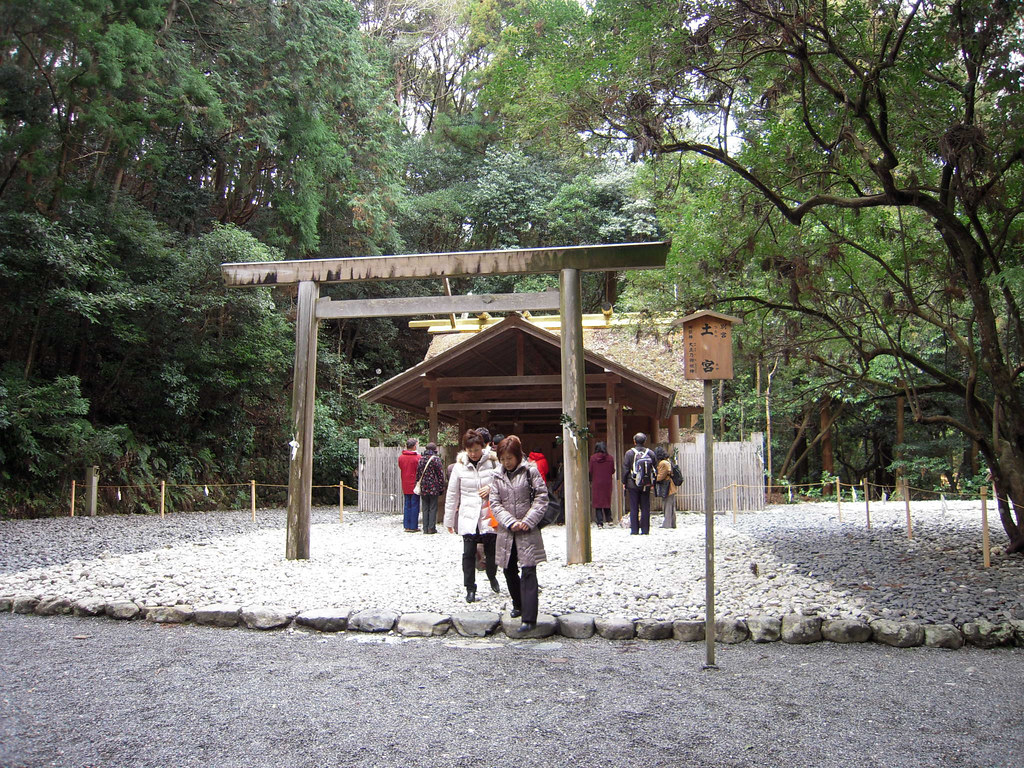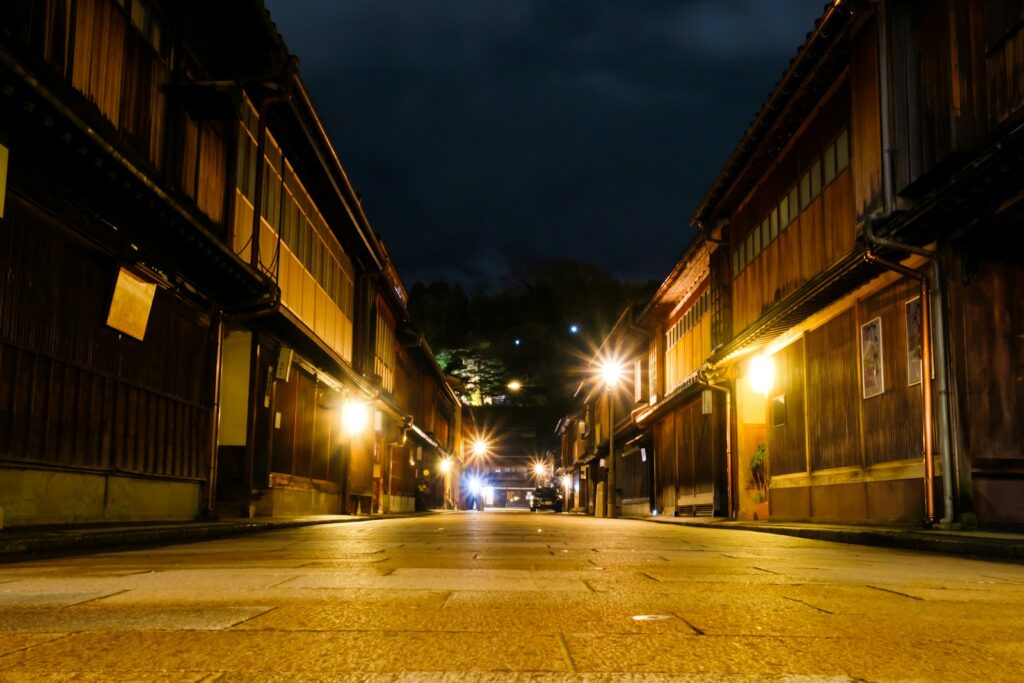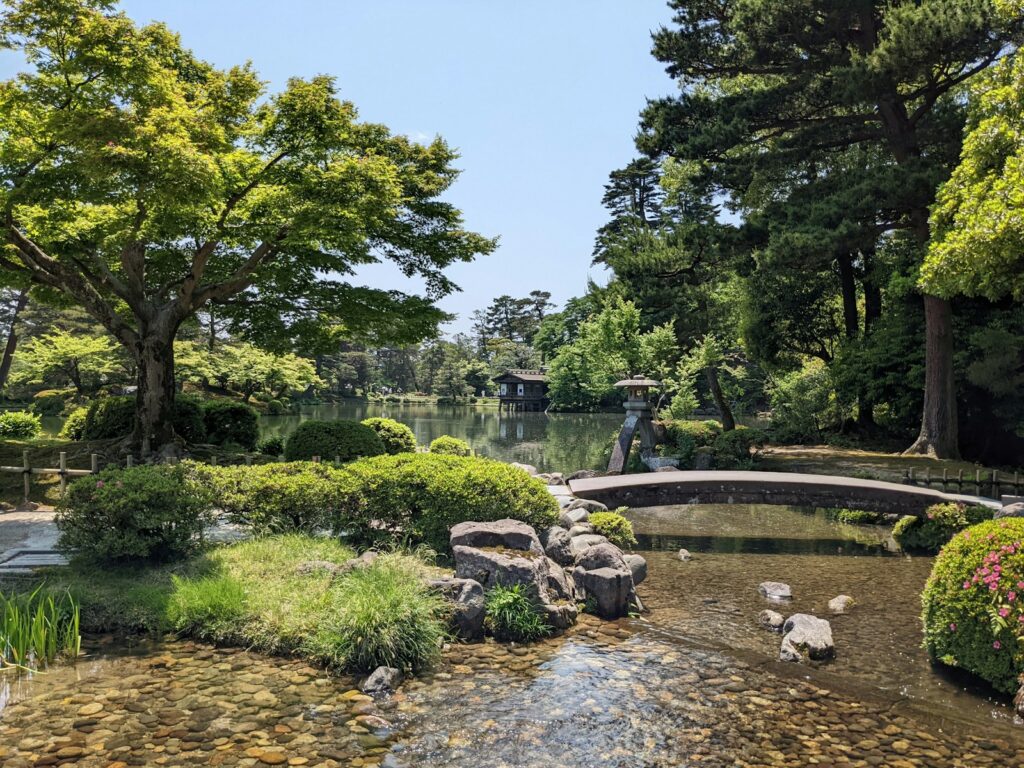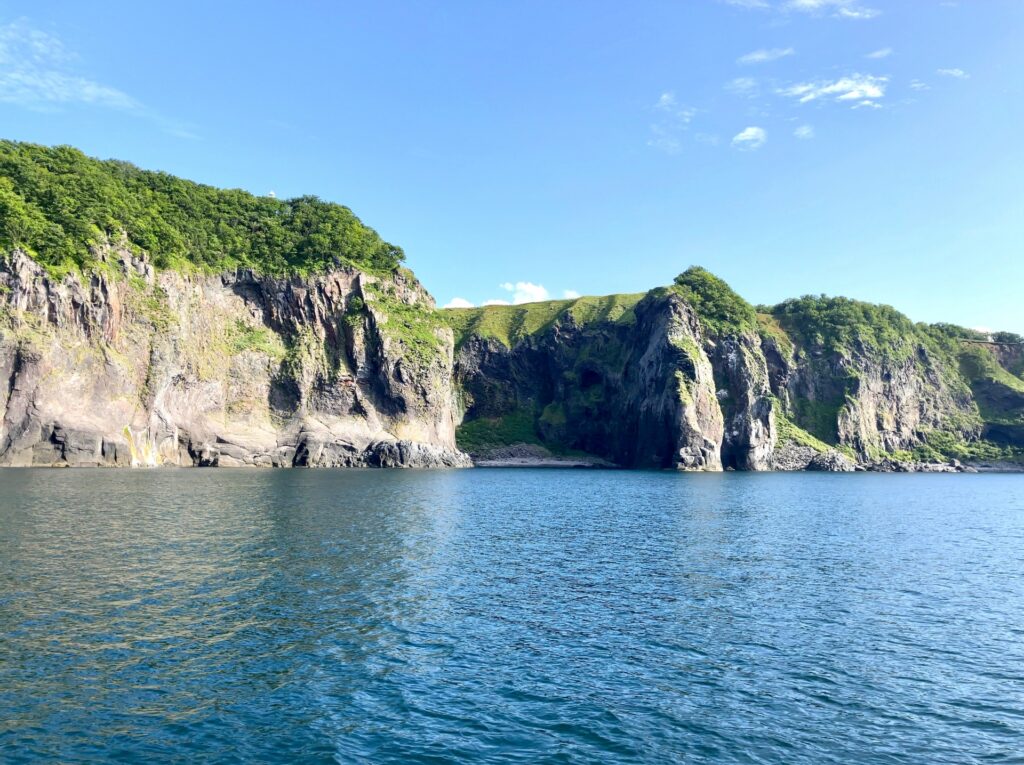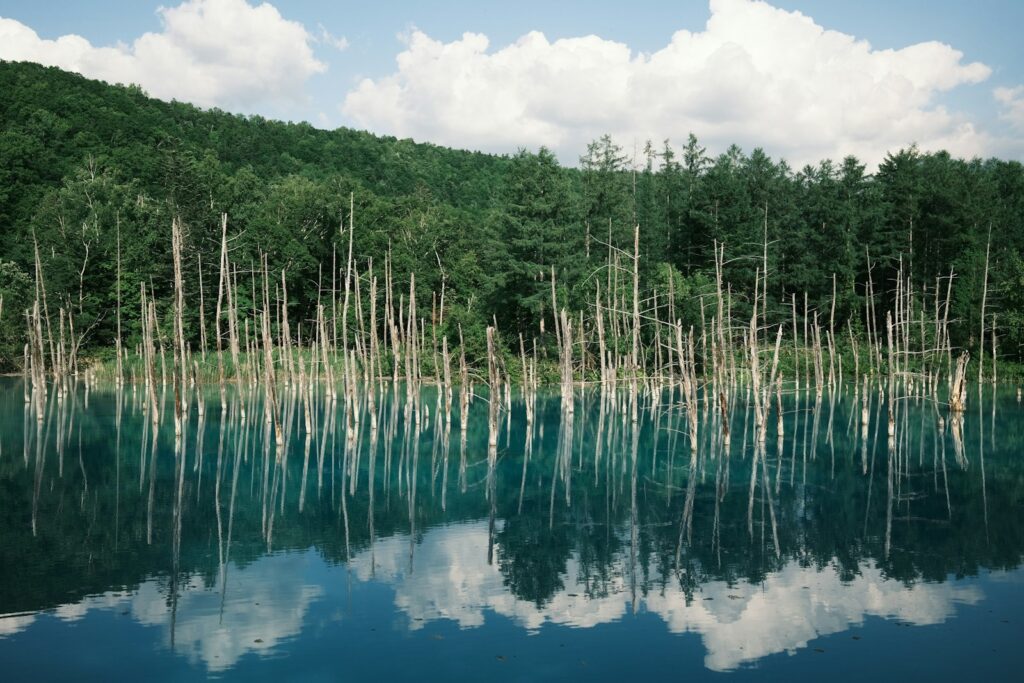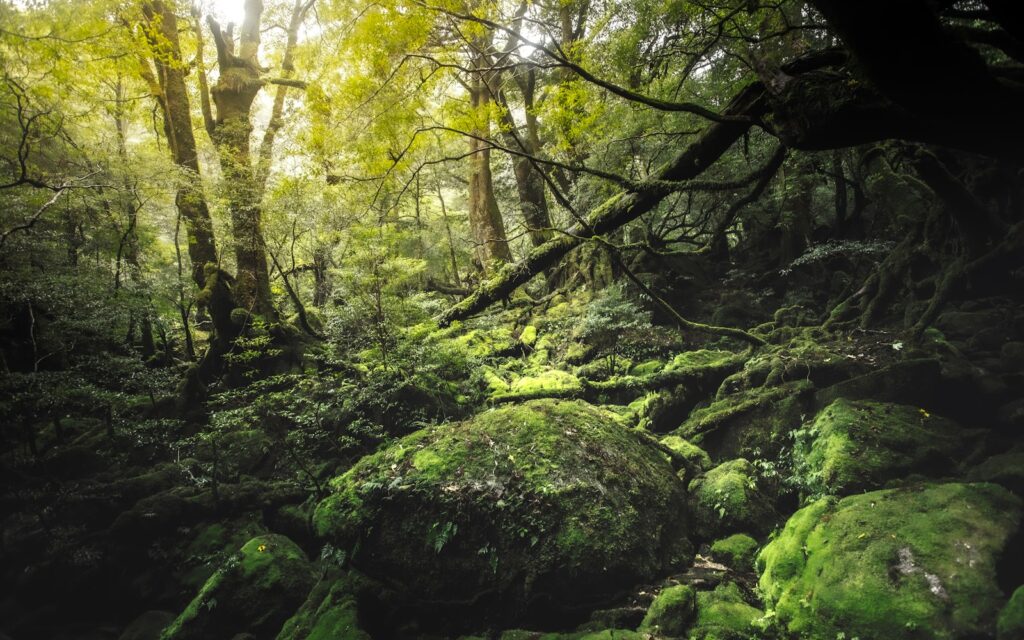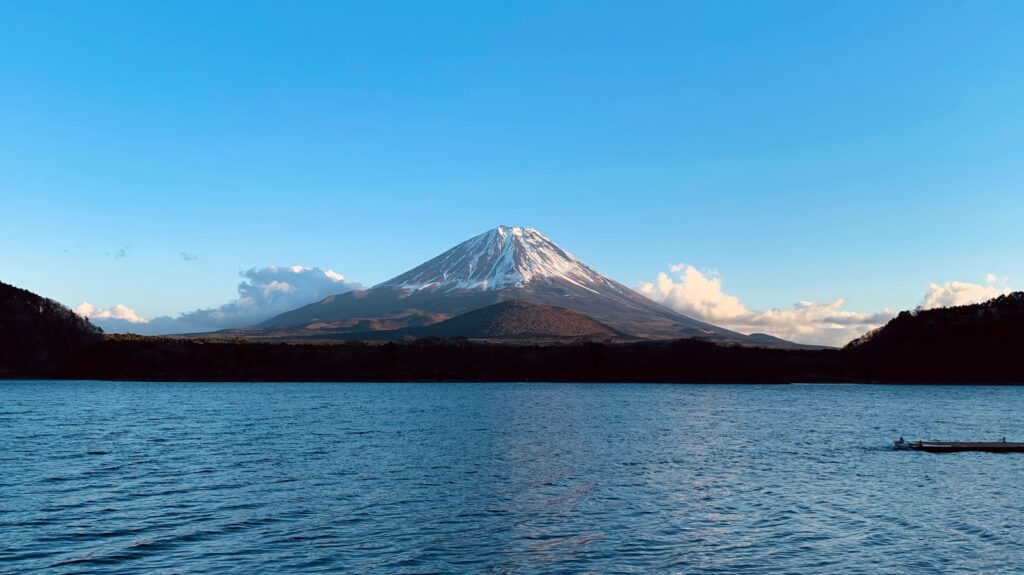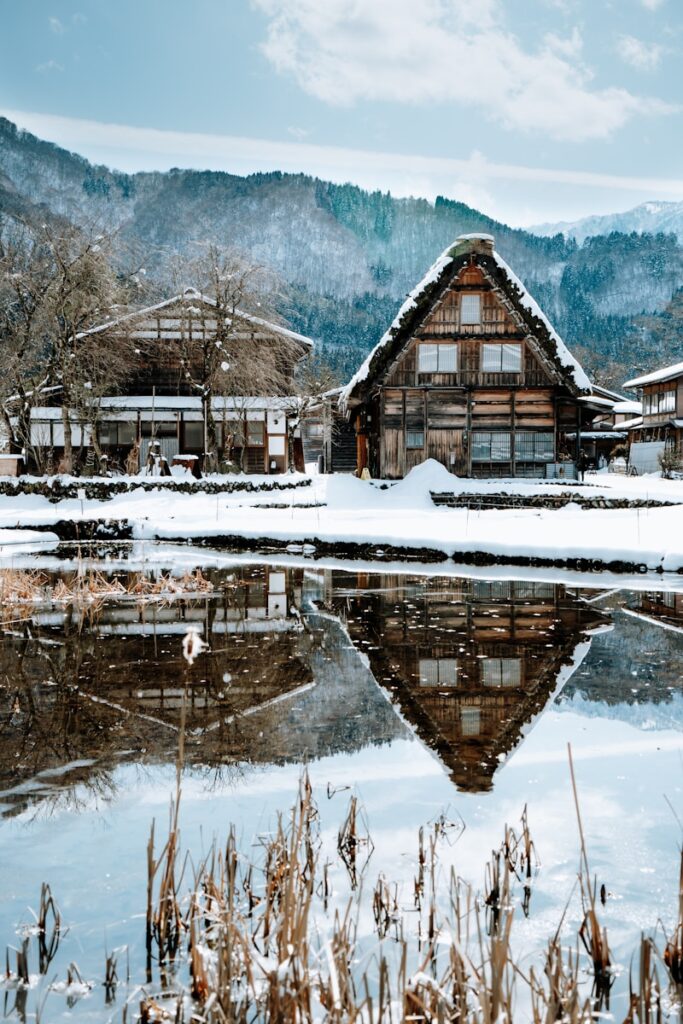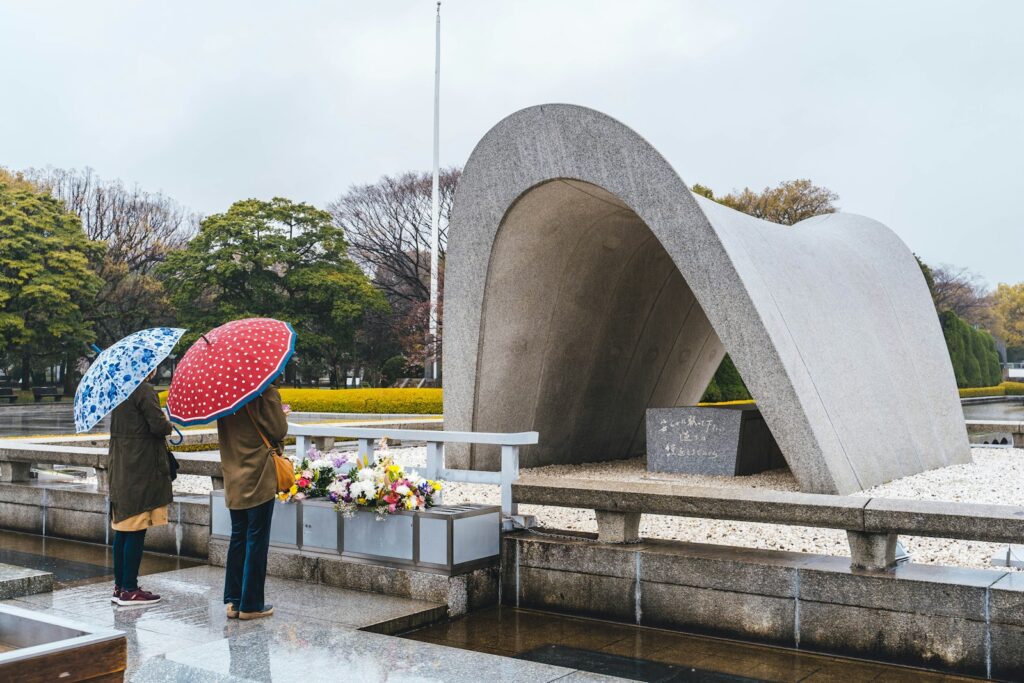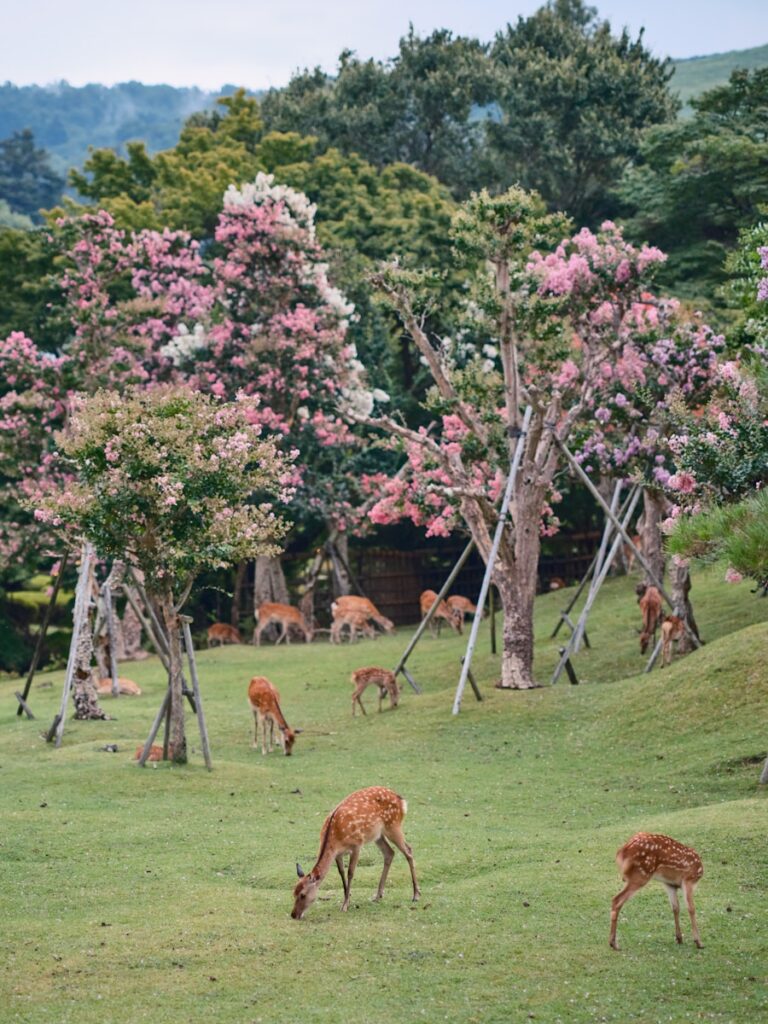Tourist attractions--archive--
-

Ise Shrine (Ise City, Mie Prefecture)
Ise Grand Shrine, affectionately known as "Oise-san," is a special shrine known as the spiritual home of the Japanese people. It consists of 125 shrines, centered around the Inner Shrine, dedicated to Amaterasu Omikami, and the Outer Shrine, dedicated to Toyouke Omikami, the deity who governs food, clothing, and shelter. The grounds, surrounded by vast forests and the clear waters of the Isuzu River, are enveloped in a solemn atmosphere... -

Higashi Chaya District (Kanazawa City, Ishikawa Prefecture)
Higashi Chaya District is a representative tourist destination in Kanazawa that continues to convey the teahouse culture that has continued since the Edo period, and is designated as an Important Preservation District for Groups of Traditional Buildings by the national government. The streets lined with townhouses with latticed doors are charming, and at night, the lights of paper lanterns light up, giving you a sense of the atmosphere of a former entertainment district... -

Kenrokuen Garden (Kanazawa City, Ishikawa Prefecture)
Kenrokuen is a feudal lord's garden that is considered one of the "Three Great Gardens of Japan," along with Korakuen in Okayama and Kairakuen in Mito, and has been designated a Special Place of Scenic Beauty by the national government. Developed over many years by the Maeda family of the Kaga domain, the garden is popular with both domestic and international tourists for its beautiful scenery that can be enjoyed throughout the seasons. In particular... -

Shiretoko Peninsula (Shari Town and Rausu Town, Hokkaido)
The Shiretoko Peninsula, located in eastern Hokkaido, was registered as a UNESCO World Heritage Site in 2005. This pristine natural area offers visitors the chance to enjoy wildlife such as brown bears and white-tailed eagles, as well as seasonal scenery. With drifting ice in winter, virgin forests and waterfalls in summer, and stunning coastline views, the area offers a variety of different experiences throughout the year. -

Biei Blue Pond (Biei Town, Kamikawa District, Hokkaido)
The Blue Pond in Biei Town is a tourist spot known for its mystical scenery, with its sparkling blue water surface. Originally an artificial pond created as part of disaster prevention work, the unique blue color is said to be due to the aluminum-containing water reflecting light. The color changes with the seasons and weather... -

Yakushima (Yakushima Town, Kumage District, Kagoshima Prefecture)
Yakushima, an island in Kagoshima Prefecture, was registered as a UNESCO World Heritage Site in 1993. Supported by abundant rainfall and a diverse ecosystem, its forests are known as the "Alps of the Ocean," and are particularly known for their Yakusugi cedar trees, some thousands of years old. The island is also said to have inspired the setting for the Studio Ghibli film "Princess Mononoke." -

Mount Fuji (Yamanashi Prefecture and Shizuoka Prefecture)
Mount Fuji is Japan's highest mountain, boasting an elevation of 3,776 meters. It was registered as a World Heritage Site in 2013. A symbol of Japan, its seasonal beauty is captivating, and it attracts many domestic and international tourists for hiking and sightseeing. The views from the Fuji Five Lakes, Lake Kawaguchi, and the tea fields on the Shizuoka side are particularly popular... -

Shirakawa-go (Shirakawa Village, Ono District, Gifu Prefecture)
Shirakawa-go is a village of gassho-style houses located in northern Gifu Prefecture, and was registered as a UNESCO World Heritage Site in 1995. The traditional houses, characterized by their gabled thatched roofs, reflect the wisdom of a region with heavy snowfall, and are still used today. You can enjoy the scenery throughout the seasons, and the winter illuminations are particularly magical... -

Hiroshima Peace Memorial Museum (Hiroshima City, Hiroshima Prefecture)
The Hiroshima Peace Memorial Museum, located within Hiroshima Peace Memorial Park, is a facility that conveys the history and damage caused by the atomic bomb dropped on August 6, 1945. It serves as a base for communicating to the world the horrors of war and the desire for the abolition of nuclear weapons, and is an important destination for many international travelers as a place for "peace education." -

Nara Park (Nara City, Nara Prefecture)
Nara Park is a vast area dotted with temples and shrines designated as World Heritage Sites and National Treasures, and is a popular tourist spot known for its free-roaming deer. Opened in 1880, this historic urban park is unique for its integration with famous sites such as Todaiji Temple, Kasuga Taisha Shrine, and Kofuku-ji Temple. Enjoy the natural beauty of the four seasons...

